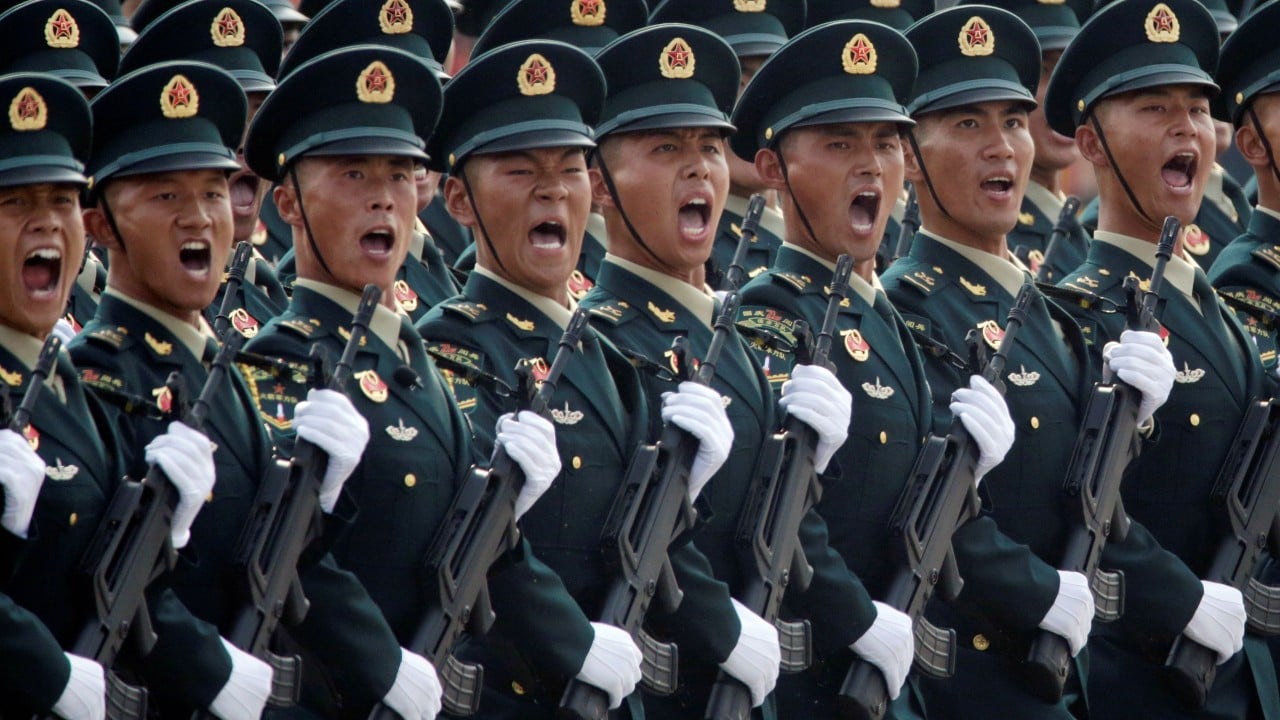
US aims for space superiority over China and Russia in new defence strategy
- Pentagon identifies the two countries as greatest strategic threats to US, saying they have ‘weaponised space’
- Report released a day after China had to delay its final BeiDou-3 satellite launch because of ‘technical problems’
The United States has unveiled a new defence space strategy, aiming to maintain superiority in military, commercial and other activities where it has been challenged by China and Russia.
In the report, the Pentagon identified China and Russia as the greatest strategic threats to the US, and it said the “actions, intentions and military strategies of potential adversaries” had turned space into a warfighting domain.
“China and Russia each have weaponised space as a means to reduce US and allied military effectiveness and challenge our freedom of operation in space,” the report said. “Rapid increases in commercial and international space activities worldwide add to the complexity of the space environment.”

To address the threats, challenges and opportunities in the current and future security environments, the US Department of Defence would make a number of changes to its space programme over the next decade, according to the report.
He Qisong, a space defence expert at the Shanghai University of Political Science and Law, said many strategies mentioned in the report – particularly those to do with information and technology sharing and business opportunities – had been used before to isolate and contain China in both the military and commercial spheres.
“The US has superiority in space already – nearly half of the 320 military and dual-use satellites in orbit were launched by the US, then comes Russia and China,” He said.
“What Washington wants is to enlarge the gap with China and Russia, especially China, which is nearing the completion of its BeiDou navigation programme.”

04:12
Are Xi Jinping’s China and Donald Trump’s US destined for armed conflict?
Beijing-based military expert Zhou Chenming said China’s BeiDou network aimed to launch a global navigation service in the next 15 years.
“The navigation technology used by the BeiDou system can compete with GPS, but the key problem is that China doesn’t have enough experience in promoting this as a global service,” Zhou said.
Beijing has invested heavily in BeiDou. The first of the satellites were launched in 2000, and the system has expanded from mainly military use to include large-scale commercial applications.
He from Shanghai University said the Pentagon’s latest space strategy could create more barriers for the BeiDou plan.
“Washington might use BeiDou’s global plan as an excuse to curb its further development, and its existing superiority in space could make it easier for the Pentagon to work with Japan, Australia and other allies and partners to contain China,” he said.

